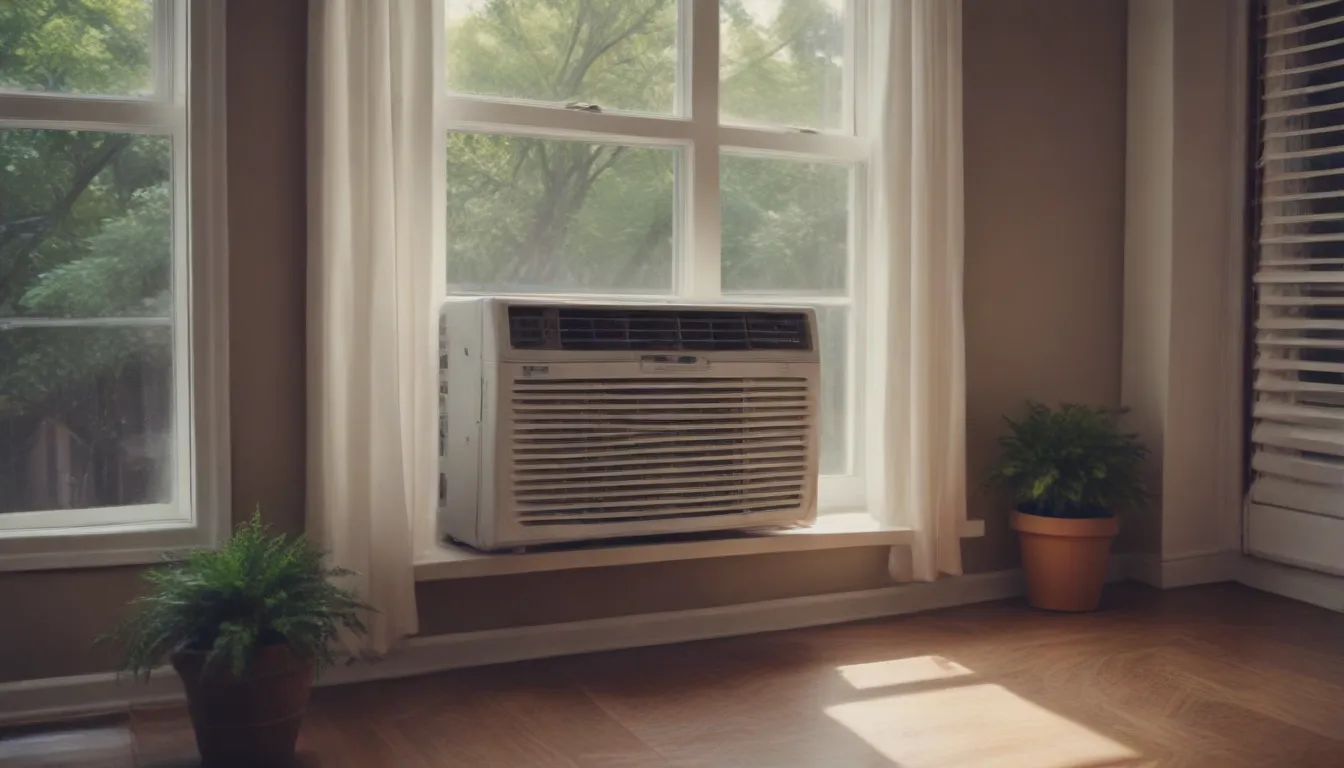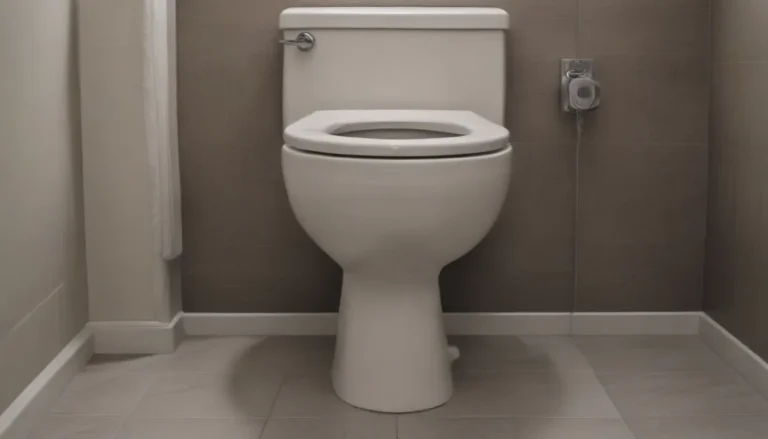Comprehensive Guide to Choosing the Right Size Window Air Conditioner for Every Room

As the temperatures rise outdoors, our indoor spaces can become unbearable. Sweating through everyday tasks and struggling to sleep are just a few of the challenges we face during the hot summer months. Installing a window unit air conditioner can be an economical solution to cool down hot, humid rooms. Window unit A/Cs are often budget-friendly and efficiently cool and dehumidify specific areas. However, it’s vital to select the right size unit for your space to ensure optimal cooling performance without wasting energy or money.
Factors to Consider When Sizing Your Window Air Conditioner
Estimating the cooling needs of a room involves more than just its square footage. Several factors play a role in determining the appropriate size window air conditioner for your space. Consider the following factors before making a purchase:
1. Number and Size of Windows
- Between 25- and 30-percent of a home’s thermal transference occurs through its windows.
- Rooms with many windows or large windows may require a larger-capacity A/C unit to effectively cool the space.
2. Insulation
- Well-insulated rooms are easier and less expensive to cool down.
- Older homes without proper insulation may need a larger A/C unit to meet cooling requirements.
3. Shade or Sun Exposure
- Heavily shaded rooms may require 10-percent less cooling capacity.
- Rooms with direct sunlight may need an additional 10-percent cooling capacity.
4. Occupancy Level
- For rooms with two or more occupants, add 600 BTUs per person to your cooling needs.
5. Ceiling Height
- A room with higher ceilings may require additional BTUs to effectively cool the space.
6. Electrical Outlet Requirements
- Ensure your electrical outlet can support the voltage and amperage requirements of your chosen A/C unit.
- Avoid using extension cords with window unit A/Cs as they could pose a safety hazard.
Selecting the Right Category of Window A/C Unit
Window unit A/Cs are rated based on their British Thermal Units (BTUs), which indicate their cooling capacity. The U.S. Department of Energy’s EnergyStar division provides BTU recommendations based on room square footage, but other factors like sun exposure, ceiling height, and occupancy levels should also be considered when selecting the appropriate BTU category for your space.
Room Square Footage | BTU Requirements | Recommended Window Unit A/C BTU Category
Cooling Guide for Different Rooms
Each room in your home has unique cooling needs based on its size, function, and occupancy. Here are some guidelines for selecting the right size window air conditioner for common household rooms:
Bedrooms
- Bedrooms are typically smaller spaces, ranging from 100 to 200 square feet.
- Opt for a window unit A/C in the 5,000 to 7,500 BTU category for small to medium-sized bedrooms.
- Consider the cooling requirements of individuals who need a comfortable environment for better sleep.
Home Offices
- Home offices are often compact, similar in size to bedrooms.
- Choose a window unit A/C in the 5,000 to 7,500 BTU category for adequate cooling.
- Keep in mind the heat generated by office equipment when selecting the appropriate cooling capacity.
Main or Larger Bedrooms
- Larger bedrooms or those connected to a bathroom may require a higher cooling capacity.
- For bedrooms in the 200 to 500 square foot range, consider a window unit A/C in the 7,500 to 10,000 BTU category.
Living Rooms
- Living rooms are typically the largest room in a house and may require a higher cooling capacity.
- Select a window unit A/C in the 7,500 to 12,000 BTU category to accommodate the cooling needs of multiple occupants.
Kitchens
- Kitchens generate significant heat from cooking appliances.
- While kitchens tend to be smaller, their heat load may require a slightly larger window unit A/C in the 5,000 to 9,000 BTU category.
What to Consider Before Buying a Window Air Conditioner
Before making a purchase, consider the following points to ensure you select the right size window air conditioner for your specific needs:
- Evaluate the cooling needs of each room based on its size, function, and heat load.
- Take into account factors like sun exposure, insulation, and occupancy levels when determining the appropriate BTU category.
- Check the electrical requirements of the window unit A/C to ensure compatibility with your home’s wiring.
- Avoid using extension cords with A/C units to prevent safety hazards and maintain optimal performance.
By following these guidelines and considering all factors that influence cooling needs, you can select the right size window air conditioner for every room in your home. Enjoy a comfortable and cool indoor environment during the hottest months of the year without wasting energy or money on oversized units.





